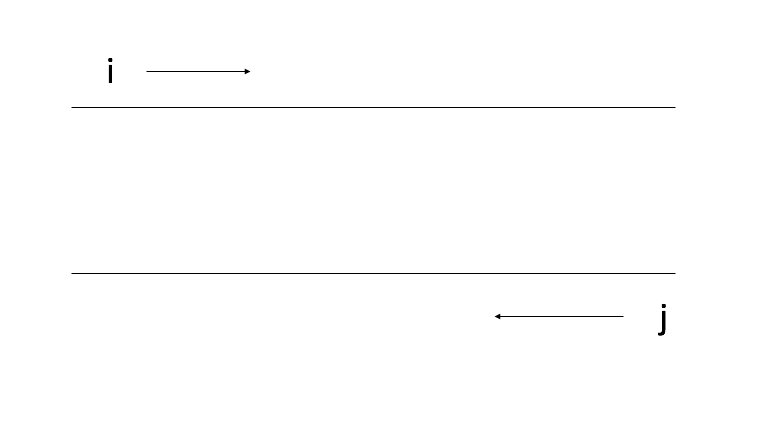双指针算法是从暴力中优化,根据题目要求的某种性质进行优化。快排, 归排都用了双指针算法。把具有某种性质给提出来。简化时间复杂度的方法。
比如这样一道题目:
给定一些字符串,中间以空格隔开,输出每个字符串。
1
2
3
4
5
6
7
8
| for(int i = 0, j = 0; i < n; i++)
{
j = i;
while(j < n && s[j] != ' ') j++;
for(int k = i; k <= j; k++) printf("%s", s[k]);
i = j;
}
|
一些C++的字符串读取操作:
fgets(char数组, 最大读取长度, stdin)
scanf()会读取到字符串为空,或者回车的情况。
所以双指针,统一可以写成这样模板:
1
2
3
4
5
6
7
| for(int i = 0, j = 0; i < n; i++)
{
while(cheak(j, i)) j++;
}
|
最长连续不重复子序列, 来源:
https://www.acwing.com/problem/content/801/
1
2
3
4
5
6
7
8
9
10
11
12
13
14
15
16
17
18
19
20
21
22
23
24
25
26
27
|
#include <iostream>
#include <algorithm>
using namespace std;
const int N = 1e5 + 10;
int q[N], s[N];
int n;
int main()
{
cin >> n;
for(int i = 0; i < n; i++) cin >> q[i];
int res = 1;
for(int i= 0, j = 0; i < n; i++)
{
s[q[i]]++;
while(s[q[i]] > 1) s[q[j++]]--;
res = max(res, i - j + 1);
}
cout << res << endl;
return 0;
}
|
数组元素的目标和:
https://www.acwing.com/problem/content/802/

因为数组具有单调性,可以由一下组成:
1
2
3
4
5
6
7
8
9
10
11
12
13
14
15
16
17
18
19
20
21
22
23
24
25
26
27
28
|
#include <iostream>
using namespace std;
const int N = 100010;
int n, m, x;
int a[N], b[N];
int main()
{
cin >> n >> m >> x;
for(int i = 0; i < n; i++) scanf("%d", &a[i]);
for(int i = 0; i < m; i++) scanf("%d", &b[i]);
for(int i = 0, j = m - 1; i < n; i++)
{
while(j >= 0 && a[i] + b[j] > x) j--;
if(a[i] + b[j] == x)
{
cout << i << " " << j << endl;
break;
}
}
return 0;
}
|
